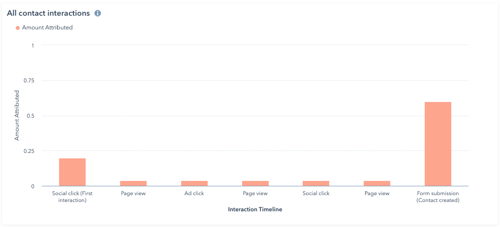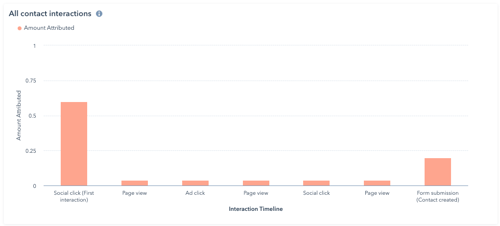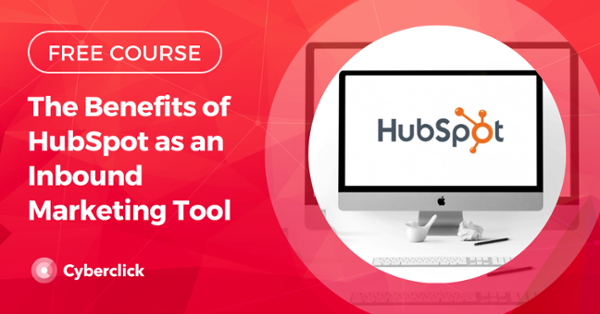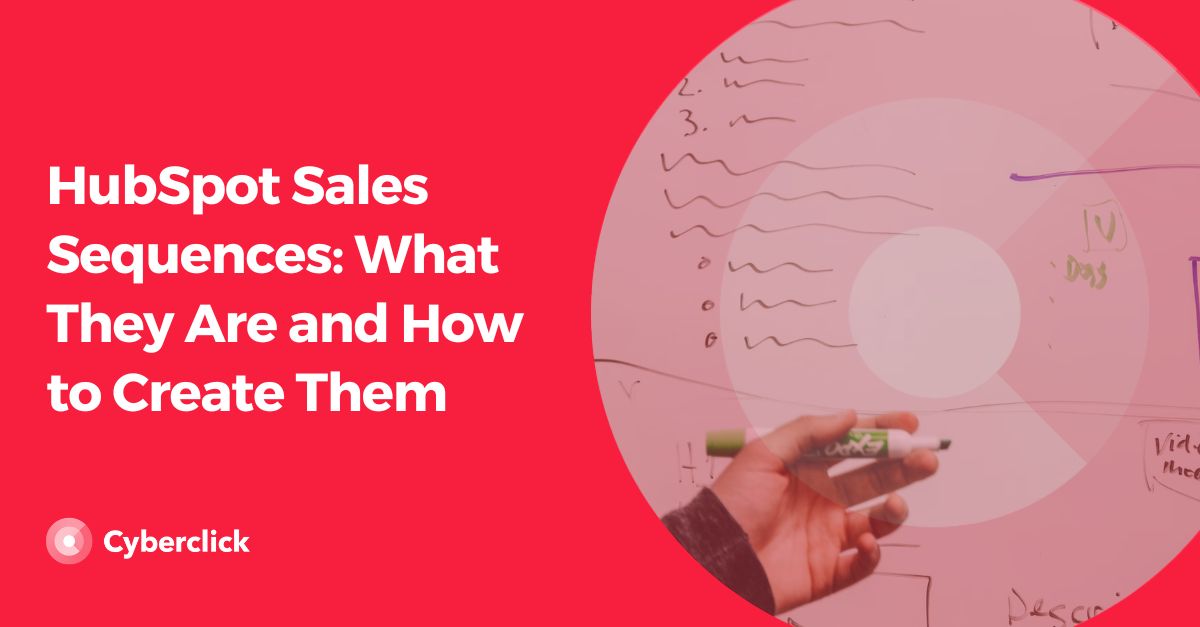Attribution marketing is one of the essential pillars of inbound marketing. Understanding where conversions come from is essential to knowing how to optimize all of your marketing processes.
If you use Hubspot, you can't miss the attribution reports integrated in the tool. Here's what you need to know to start using them.

-1.jpg?width=800&name=How%20HubSpot%E2%80%99s%20Attribution%20Report%20Can%20Help%20Your%20Inbound%20Marketing%20Strategy%20(2)-1.jpg)
What Are Marketing Attribution Reports?
Generally, an inbound marketing plan uses multiple channels to engage an audience, including SEO, SEM, email marketing, social media, and more. When a lead interacts with a particular channel, for example, by clicking on a link in a social media post, data about the interaction is generated and stored.
Typically, users interact with multiple marketing channels before converting. For example, they may visit your website from a social media post, click on a search ad, sign up for your newsletter, click on multiple emails, and then finally type your website address into their browser before converting. Each of these interactions is a touchpoint and data is stored from each action.
Traditionally, conversions are attributed to the customer's last action. For example, if they had entered the site by clicking on an email link, the conversion value was attributed entirely to the email marketing channel. But today we know that each touch point contributes to something on the path to conversion, and we have enough data to reconstruct the customer journey and assign the appropriate value to each interaction. This is known as attribution marketing.
How to Create Attribution Reports in HubSpot
There are three types of attribution reports available in HubSpot:
- Lead attribution reports: These help you understand what marketing channels or actions result in new leads.
- Business creation attribution reports: These let you know what marketing channels or actions lead to new business.
- Revenue creation attribution reports: These help you understand what marketing channels or actions are generating more revenue.
The latter two are only available in Marketing Hub Enterprise.
To create a report, just follow these steps:
- Go to "Reports".
- Click "Create Custom Report" in the upper right corner.
- Select "Attribution" in the left pane and choose the type of report you want to create.
- Choose either "Sample Report" (to base your attribution report on a previous template) or create a new report from scratch.
- In the top right, click "Next" to go to the report builder.
- Once in the report builder, click the pencil icon to name your report.
You will then have several options for configuring the report:
- Choose the type of chart.
- Decide on the attribution model you want to use to assign value to each touchpoint (more information in the next section).
- Choose the dimension to assign conversion credits: the materials a contact has interacted with (such as landing pages), associated businesses, interactions, and more.
- Configure the report filters. Depending on the type of report you have chosen, you will have different filter options, such as the date the contact was created, the stage of the lifecycle, or the date the deal was closed.
- Finally, you can save or export the report.
Understanding Hubspot Attribution Reports
To better understand Hubspot's attribution reports, let's briefly look at the parameters they use:
- Interactions: Key user interactions vary depending on the type of report (leads, business, or revenue). For example, for lead creation, the first and last interactions are critical, while for revenue generation, the creation of the offer may be more important. Hubspot distinguishes between a number of defined interaction points (first and last interaction, lead creation, offer creation, and closed-win) and the rest are referred to as "other interactions".
- Interaction sources: Interactions are grouped according to their traffic sources; for example, a click on a Google Ad.
- Interaction types: Interaction types are configured at the account level. Most are enabled by default.
- Asset types: Hubspot distinguishes between multiple asset types, such as contact imports, landing pages, blog posts, articles, etc.
Another important aspect to consider is choosing the right attribution model. These are the attribution marketing models currently available on Hubspot:
- First interaction: 100% of contact credits are attributed to the contact's first interaction in the conversion path.
- Last interaction: 100% of contact credits are attributed to the contact's last interaction in the conversion path.
- Linear model: This model attributes contact credits equally to each interaction in the conversion path.
- U-shaped attribution: This model attributes 40% of contact credits to the first interaction and to lead conversion interactions. The remaining 20% is divided equally among the other interactions.
- W-shaped attribution: 30% of the contact credits are attributed to the first interaction, 30% to the interaction that created the contact, and 30% to the last interaction that created the deal. The remaining 10% is attributed to all interactions between the first and the last.
- Obsolescence over time model: More credits are given to the most recent interactions, using an average lifetime of 7 days.
- Full path: 22.5% of the credits are attributed to the first interaction, lead creation, deal creation, and the last interaction. The remaining 10% is shared equally.
- J-shaped attribution: 20% of the credit is attributed to the first interaction and 60% to the conversion. The rest is distributed among the other interactions.

- Inverted J-shape: Same as above, but 60% is attributed to the first interaction and 20% to the conversion.

Inbound Marketing & Content Strategist en Cyberclick. Experta en marketing online, gestión de contenidos, estrategia en redes sociales, y creación y optimización de campañas en social ads.
Inbound Marketing & Content Strategist at Cyberclick. Expert in online marketing, content management, social media strategy, and creation and optimization of campaigns in social ads.





Leave your comment and join the conversation